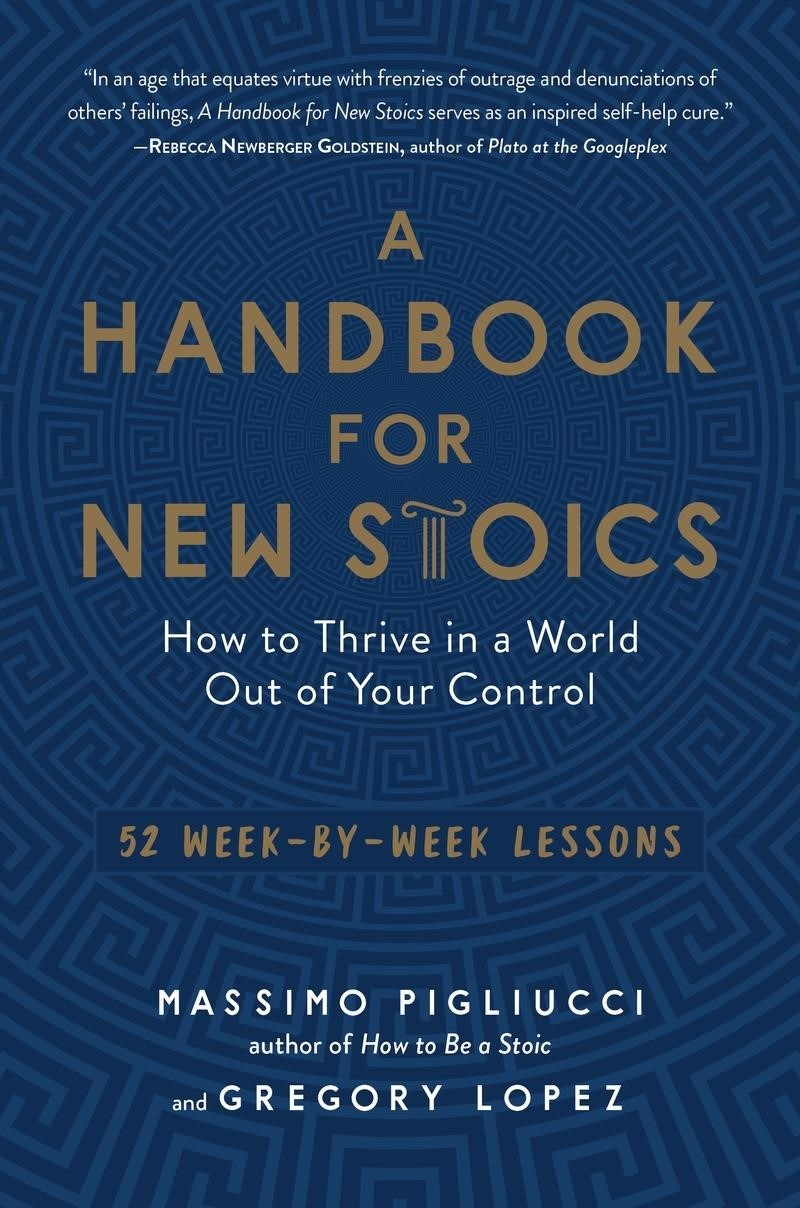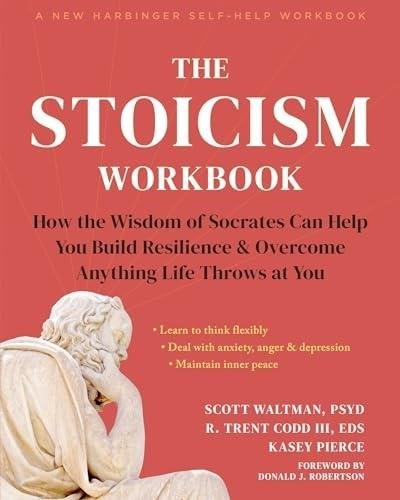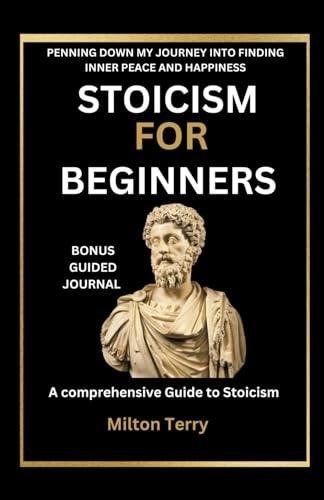book of isaiah pdf
Book of Isaiah PDF⁚ A Comprehensive Guide
This guide explores readily available Isaiah PDFs online, highlighting diverse translations and versions. We delve into the book’s rich thematic elements, prophetic messages, and its profound influence on the New Testament. Discover its literary style, structure, and enduring message of God’s judgment and salvation.
Accessing Isaiah PDFs Online
Different Translations and Versions Available
The Book of Isaiah is available in numerous English translations, each with its own nuances and interpretations. Popular choices include the King James Version (KJV), known for its poetic language and traditional phrasing; the New International Version (NIV), a more contemporary translation aiming for clarity and accuracy; and the English Standard Version (ESV), striving for a balance between literal accuracy and readability. Other translations like the New Living Translation (NLT), known for its readability, and the New American Standard Bible (NASB), prioritizing word-for-word accuracy, also exist. Beyond these, you may encounter interlinear Bibles, presenting the Hebrew text alongside its English equivalent, aiding in a deeper understanding of the original language. Additionally, some PDFs offer study Bibles incorporating commentaries, cross-references, and supplementary materials to enrich the reading experience. Choosing a translation depends on your familiarity with biblical language and your preferred reading style. Consider consulting resources that compare different translations to understand their varying approaches.
Studying Isaiah⁚ Key Thematic Elements
The Book of Isaiah is rich in recurring themes that provide a framework for understanding its message. Central to Isaiah’s prophecy is the unwavering sovereignty of God, His holiness, and His unwavering commitment to His people, even amidst their disobedience and idolatry. The concept of judgment and restoration is a powerful thread woven throughout the text; God’s judgment is not arbitrary but a necessary consequence of sin, yet it’s always accompanied by the promise of restoration and renewal for those who repent and turn to Him; The theme of hope and redemption is profoundly intertwined with the concept of a future Messiah, a figure who will bring salvation and establish a lasting kingdom of peace and justice. Isaiah’s prophecies often address the social injustices of his time, emphasizing God’s concern for the poor, the oppressed, and the marginalized, highlighting the importance of righteousness and social justice within God’s plan. The prophet’s emphasis on God’s faithfulness and His covenant relationship with Israel underscores His unwavering commitment to His people. These key themes offer a lens through which to interpret the varied prophecies and poetic passages found in the Book of Isaiah.
The Prophetic Messages of Isaiah⁚ Interpretation and Understanding
Interpreting Isaiah’s prophecies requires careful consideration of their historical and literary contexts. The book spans a significant period, encompassing prophecies relating to both Judah’s immediate future and its eventual restoration. Understanding the various literary forms employed—poetry, prose, oracles, and dramatic dialogues—is crucial for accurate interpretation. Isaiah frequently uses vivid imagery and symbolic language, demanding careful attention to detail. Many passages are highly symbolic, requiring careful consideration of the historical circumstances in which they were given and their literary context within the larger book. The use of metaphors, parables, and anthropomorphic descriptions of God requires a nuanced understanding of ancient Near Eastern literary conventions. While some prophecies have clear historical fulfillments, others are more eschatological, pointing towards future events and the ultimate triumph of God’s kingdom. Careful study of commentaries and scholarly resources is beneficial for a deeper understanding of Isaiah’s complex and multifaceted prophetic message. The reader must strive to balance historical context with spiritual insights, recognizing the enduring relevance of Isaiah’s message to faith and life today. A careful and prayerful approach to reading Isaiah is essential to avoid misinterpretations and grasp the depth of God’s revelation.
Isaiah’s Impact on the New Testament
The Book of Isaiah holds a prominent position in the New Testament, significantly influencing its theology and narratives. Direct quotations and allusions to Isaiah appear extensively throughout the Gospels, Acts, and the Epistles, highlighting its profound impact on early Christian thought. The New Testament writers frequently cite Isaiah to support their teachings about Jesus Christ, portraying him as the promised Messiah whose life, death, and resurrection fulfill numerous prophecies from Isaiah. The concept of the “Suffering Servant” in Isaiah, particularly Isaiah chapter 53, is central to the New Testament understanding of Christ’s atoning sacrifice. The image of the suffering servant, enduring injustice and ultimately bringing salvation, became a pivotal element in shaping the early church’s understanding of Jesus’ mission. Furthermore, Isaiah’s prophecies concerning the establishment of God’s kingdom and the ultimate restoration of all things find echoes in the New Testament’s eschatological hopes. The New Testament writers draw on Isaiah’s imagery of a new heaven and a new earth to articulate their vision of the future, emphasizing the transformative power of God’s grace. Isaiah’s influence is evident in the New Testament’s emphasis on themes of redemption, judgment, hope, and the ultimate victory of good over evil, underscoring the enduring relevance of Isaiah’s prophetic message for Christian faith and practice. The extensive use of Isaiah in the New Testament reinforces its status as a foundational text for Christian theology.
The Book of Isaiah’s Literary Style and Structure
The Book of Isaiah is a complex and multifaceted work, showcasing a diverse range of literary styles and structures. It seamlessly blends various genres, including prophetic oracles, poems, hymns, parables, and even dramatic dialogues. This eclectic approach reflects the prophet’s multifaceted communication strategies, adapting his style to engage different audiences and convey diverse messages. The prophetic oracles often employ vivid imagery, metaphors, and symbolism to communicate divine pronouncements and warnings. These oracles frequently utilize parallelism, a stylistic device that emphasizes certain ideas through repetition and variation. Poetic passages, characterized by their lyrical beauty and emotional intensity, often express praise, lament, or hope. The book also features dramatic scenes that depict interactions between the prophet and various individuals or groups. These scenes are often rich in dialogue and action, adding a theatrical dimension to the narrative. The overall structure of Isaiah is debated among scholars, with some proposing a three-part division based on thematic shifts, while others suggest a more complex arrangement reflecting the book’s historical context and development. Regardless of the specific structural interpretation, the book’s literary diversity and complexity contribute to its enduring appeal and ongoing interpretation. The multifaceted nature of Isaiah’s literary style reflects its depth and complexity, showcasing the prophet’s skill in adapting his message to different contexts and audiences.
Isaiah and the Concept of God’s Judgment and Salvation
Isaiah profoundly explores God’s dual nature as both judge and savior, a central theme woven throughout the book. The prophet unflinchingly proclaims God’s judgment against Israel’s sins—social injustice, idolatry, and hypocrisy—portraying God’s wrath as a necessary consequence of disobedience. This judgment isn’t presented as arbitrary punishment, but rather as a consequence of rejecting God’s covenant and forsaking his righteous ways. However, Isaiah’s message isn’t solely one of condemnation. Alongside pronouncements of judgment, he offers powerful promises of God’s salvation and restoration. This salvation isn’t merely an escape from punishment, but a complete transformation and renewal of individuals and the nation. God’s mercy and compassion are presented as potent forces capable of overcoming even the deepest human failings. The prophet emphasizes repentance, turning away from sin, and seeking God’s forgiveness as essential steps in experiencing this salvation. The concept of a “remnant,” a faithful few who remain steadfast despite widespread unfaithfulness, highlights God’s unwavering commitment to his people. Through this remnant, God’s promise of salvation is extended to future generations, promising a time of restoration and peace. Isaiah’s depiction of God’s judgment and salvation is not mutually exclusive but intertwined, demonstrating the divine capacity for both righteous anger and boundless love. The promise of ultimate restoration underscores God’s unwavering commitment to His covenant with His people.
Exploring the Messianic Prophecies in Isaiah
The Book of Isaiah contains some of the most significant Messianic prophecies in the Old Testament, passages that have profoundly shaped Christian theology and understanding of Jesus Christ. These prophecies don’t explicitly name a future Messiah, but describe a figure whose characteristics and actions align strikingly with the life and ministry of Jesus as depicted in the New Testament. Key passages, such as Isaiah 7⁚14, the prophecy of the virgin birth, and Isaiah 9⁚6-7, which speaks of a child born to be a mighty ruler and prince of peace, have been interpreted for centuries as referring to the coming Messiah. Isaiah 53, often referred to as the “Suffering Servant” passage, is particularly poignant. It describes a servant who endures suffering and injustice, ultimately bearing the sins of many. This depiction resonates strongly with the Christian understanding of Jesus’ atoning sacrifice on the cross. The prophecies of a future king who establishes a reign of justice and peace, often associated with the Davidic covenant, further fuel interpretations connecting these passages with the Messiah. The remarkable detail and specificity of these prophecies, along with their fulfillment in the life and ministry of Jesus as described in the New Testament, have led many to view Isaiah as a central text for understanding the nature and significance of the Messiah. The study of these prophecies remains a rich field of theological exploration, raising questions about interpretation, historical context, and the ongoing relevance of these ancient texts.
Utilizing Online Resources for Isaiah Study
The digital age offers a wealth of online resources for in-depth Isaiah study. Numerous websites provide free access to various translations of the Book of Isaiah in PDF format, allowing for convenient reading and annotation. These online versions often include helpful features like searchable text, cross-references, and integrated study Bibles. Furthermore, various online Bible study tools offer commentary, lexicons, and concordances, enriching the understanding of Isaiah’s complex language and symbolism. Many websites host scholarly articles and essays on Isaiah, providing diverse perspectives on its interpretation and theological implications. Online forums and discussion groups dedicated to biblical studies can facilitate interaction with other scholars and enthusiasts, offering opportunities for collaborative learning and insightful discussions. Additionally, several websites offer free sermon outlines and Bible studies specifically based on Isaiah, providing valuable insights for personal or group study. Utilizing these online tools and resources can significantly enhance one’s understanding and appreciation of this pivotal biblical text, providing a deeper engagement with its rich history, prophecy, and theological significance. Remember to critically evaluate the sources you utilize, considering the author’s perspective and any potential biases.
Sermon Outlines and Bible Studies Based on Isaiah
The profound theological richness and prophetic depth of the Book of Isaiah have made it a cornerstone of countless sermons and Bible studies. Numerous resources are available online and in print, offering prepared outlines and lesson plans focusing on specific passages or overarching themes within Isaiah. These resources often provide detailed explanations of complex passages, offering insightful interpretations and applications to contemporary life. Many websites dedicated to biblical studies provide free downloadable sermon outlines, catering to various denominational perspectives and preaching styles. These outlines often include suggested discussion points, prayer prompts, and relevant Scripture references, facilitating engaging and thought-provoking sessions. Some resources offer complete Bible study curricula based on Isaiah, providing structured lessons and activities suitable for individuals, small groups, or entire congregations. These curricula frequently incorporate interactive elements, encouraging active participation and deeper engagement with the text. Whether seeking inspiration for a sermon, crafting a personal study plan, or leading a group discussion, these readily available resources empower individuals to explore the powerful message of Isaiah and apply its timeless wisdom to their spiritual journeys. Remember to select resources that align with your theological perspective and learning style.
The Historical and Cultural Context of Isaiah
Understanding the historical and cultural backdrop of Isaiah is crucial for proper interpretation. The book primarily spans the reigns of several Judean kings, from Uzziah to Manasseh, a period marked by significant political and social upheaval. Isaiah prophesied during a time of both prosperity and decline, witnessing Judah’s military strength and subsequent vulnerability to foreign powers like Assyria. The societal context reveals a nation grappling with social injustice, religious hypocrisy, and a growing dependence on military alliances rather than faith in God. Isaiah’s messages often reflect the cultural practices and beliefs of his time, including temple worship, agricultural life, and the prevailing political landscape. His pronouncements against idolatry and social inequality directly addressed the prevalent issues within Judean society. Familiarity with the Assyrian empire’s rise and its impact on Judah provides essential context for understanding Isaiah’s prophecies concerning judgment and exile. Recognizing the political climate, social structures, and religious practices of ancient Judah enhances our grasp of Isaiah’s pronouncements, making his messages resonate more powerfully with modern readers. The historical context enriches the interpretation of his symbolic language and prophetic pronouncements, revealing a deeper understanding of their meaning and relevance.


